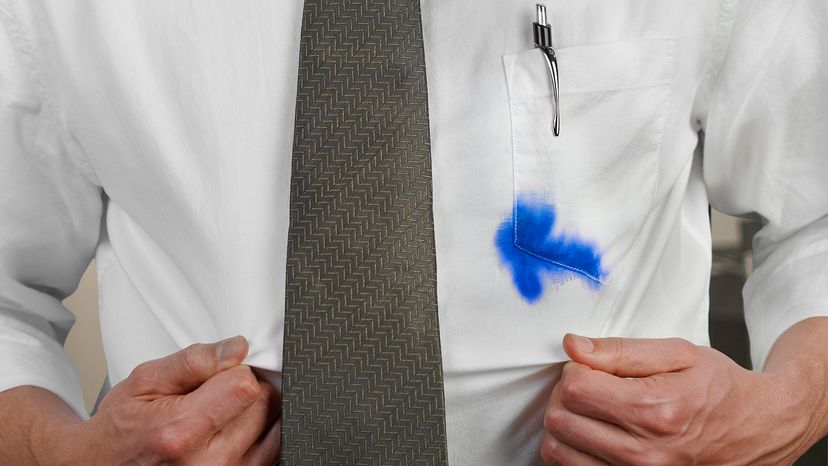
Have you been the victim of an ink stain? Try not to explode along with your pen. Instead, learn how to get pen ink out of clothes and other surfaces with these cleaning methods.
The first step in removing an ink stain is to identify the type of material or surface that is stained. Then use the following tips for optimal ink stain removal.
Advertisement


